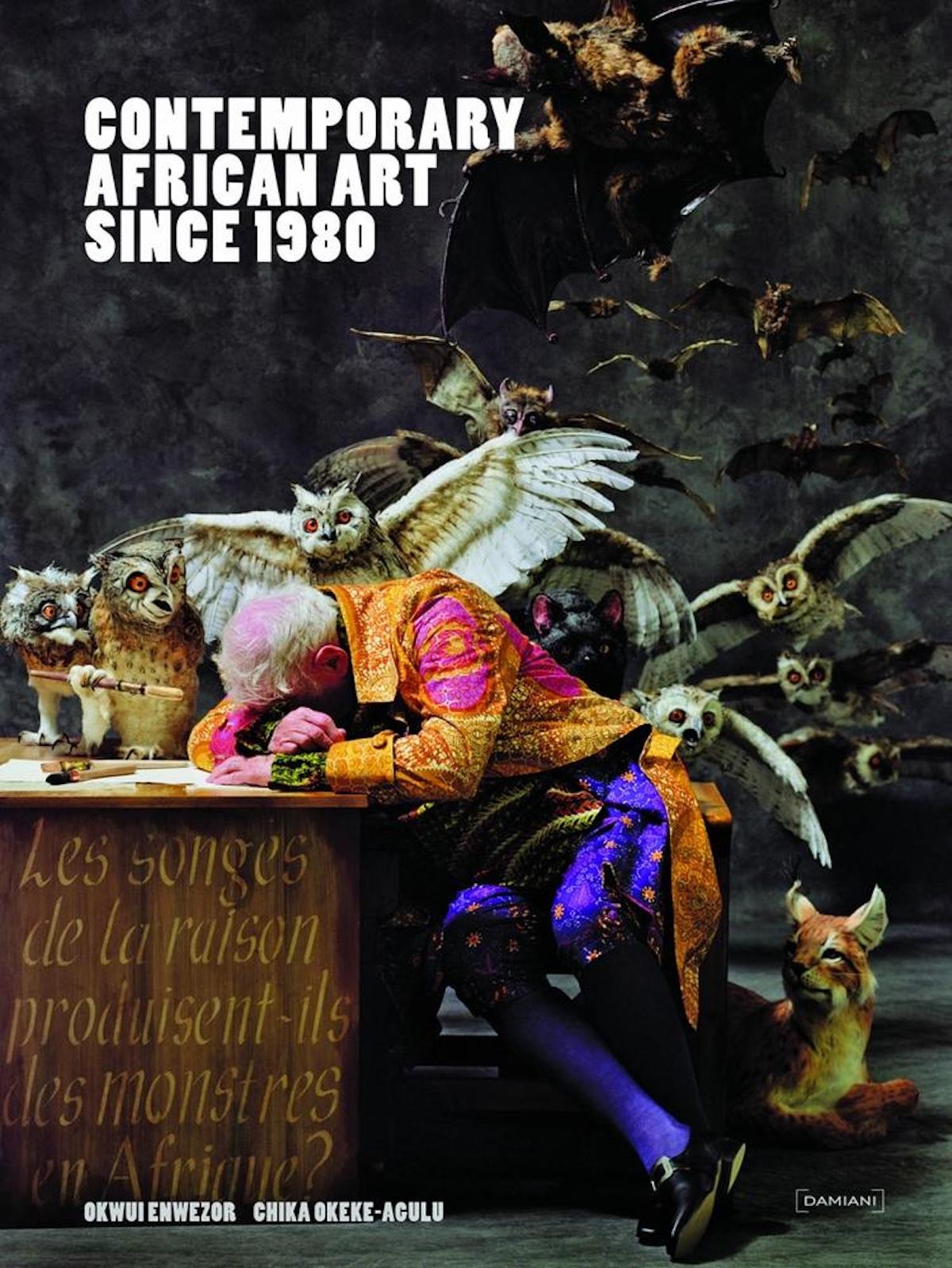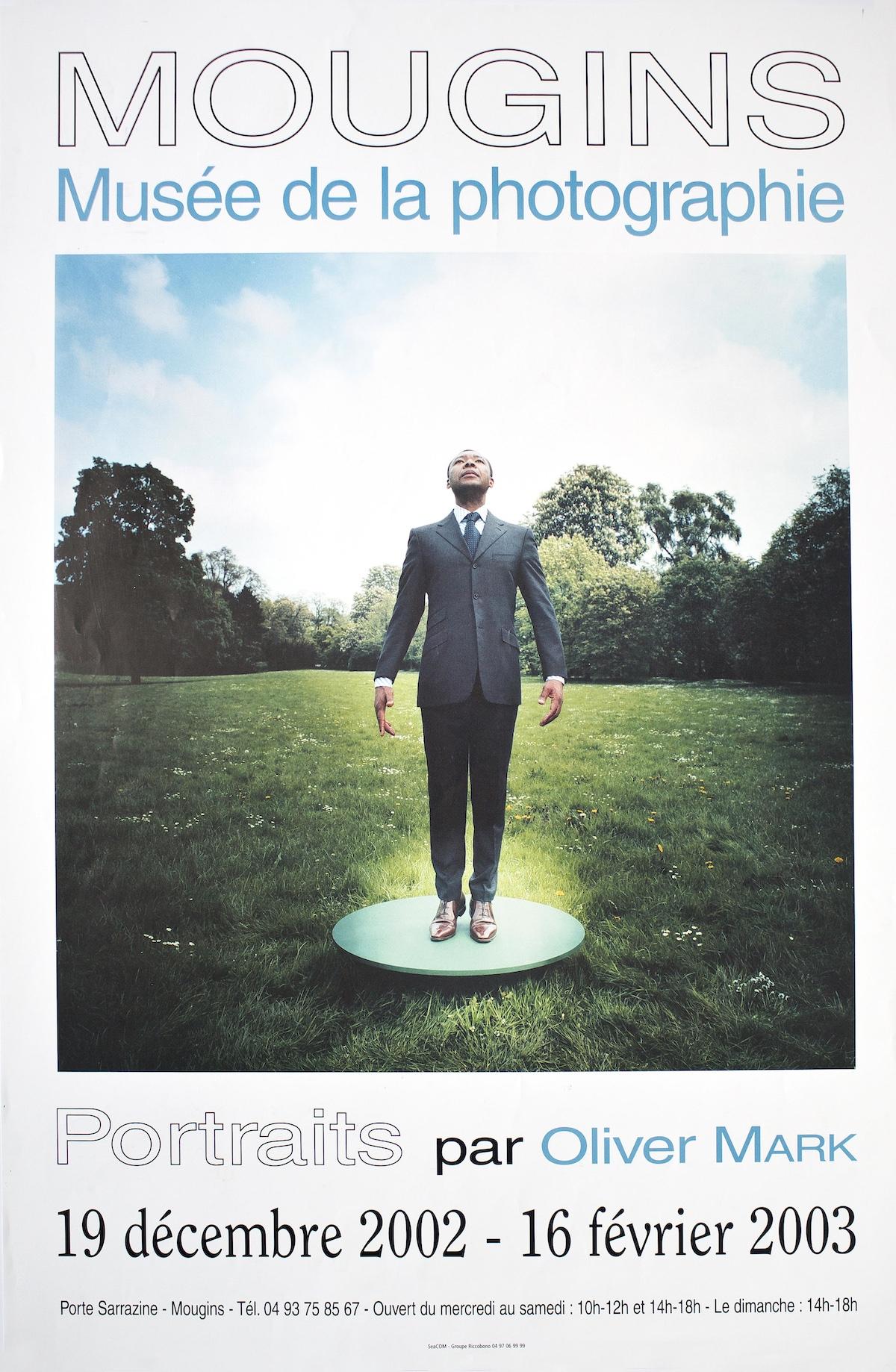In 1994, Enwezor started Nka: Journal of Contemporary African Art, in an effort to overturn the entrenched viewing and perceptions of what contemporary African art is. The magazine sought to advocate for art rooted in Africa, but in a global scope. The name, Nka, is taken from the Ibgo word for art, or creation, as well as the Basaa word for discourse. Today, almost thirty years later, the journal is still producing new scholarship and articles on African artists, putting them in a more global context.
As a curator, Enwezor was so successful because he understood that by curating an exhibition, he was essentially creating an argument, a brief in what he called his ‘change agenda.’ The act of curating was two-fold: Enwezor was rewriting existing art-critical canons, while also introducing a radical rethinking of the role that all artists and art can inhabit in shaping social and political ideas. In this way, Enwezor’s exhibitions were meant to become a public forum, an allegorical way of representing and affirming the politics of everyday life. He believed that art had a role in responding to the messy and precarious world that it inhabits. Not only that, but art had a responsibility to address the political, cultural, social, and historical. And if it didn’t preclude such realities or failed to address the future, he wouldn’t engage with it. Therefore, his exhibitions were typified by weighty themes and strong statements from non-Western artists, as well as by contributions from writers, critics, filmmakers, and performance artists.































